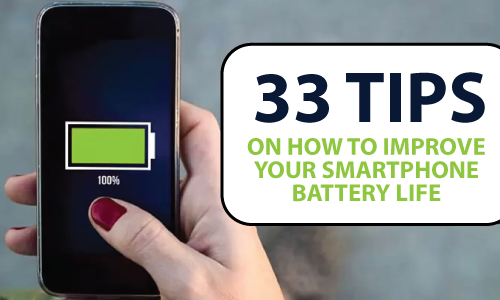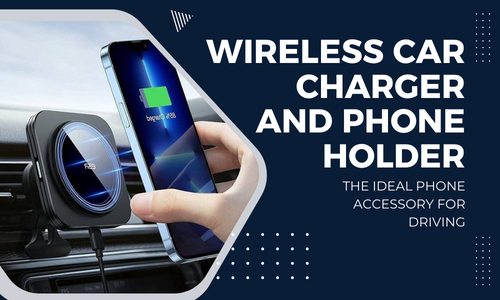The retail landscape is undergoing a seismic shift, driven by artificial intelligence (AI). From hyper-personalized recommendations to immersive virtual try-ons, AI is transforming how we shop, pay, and interact with brands. By 2025, the global e-commerce market is projected to reach $7.4 trillion, with AI at the heart of this evolution. In this blog, we explore the cutting-edge innovations shaping the future of shopping—and how they’re creating smarter, faster, and more ethical consumer experiences.
AI-Driven Shopping Assistants: Your 24/7 Personal Shopper
AI shopping assistants like Buysmart.ai and Claros are revolutionizing how consumers discover products. These tools analyze browsing history, past purchases, and even social media activity to curate tailored suggestions. For instance, Walmart’s Voice Order integrates with Google Assistant, letting users add items to their cart via voice commands.
- How It Works: Natural language processing (NLP) and machine learning enable real-time, context-aware recommendations.
- Impact: Brands like eBay use AI-powered ShopBot to help users compare prices and find products faster, boosting engagement by 30%.
Personalized Product Recommendations: The Data Goldmine
Gone are the days of generic ads. AI now crafts hyper-personalized experiences by analyzing user behavior. Amazon and Netflix set the standard, using collaborative filtering to suggest products based on similar users’ preferences.
- Case Study: H&M’s AI recommends sustainable clothing from its Conscious collection, increasing conversions by 63%.
- Stat Alert: 91% of consumers prefer brands that remember their preferences.
Virtual Try-Ons & Augmented Reality (AR): See Before You Buy
AR bridges the gap between online and offline shopping. Luxury brand Gucci reported a 94% higher conversion rate for products with AR try-ons, while IKEA’s app lets users visualize furniture in their homes.
- How It Works: Computer vision and AR overlay digital products onto real-world environments.
- Impact: Reduces return rates by 25% and boosts customer confidence.
Smart Shopping with Voice Search: Hands-Free Convenience
Voice commerce is projected to hit $34 billion by 2034, driven by smarter AI assistants like Alexa and Google Home. Starbucks allows voice orders via Alexa, streamlining the purchase process.
- Trend: Advances in natural language processing enable more intuitive interactions, like tracking deliveries or reordering staples.
Sustainable & Ethical Shopping: AI as an Eco-Warrior
Consumers demand transparency, and AI delivers. Brands like Patagonia use AI to optimize supply chains, reducing carbon footprints. H&M’s AI highlights eco-friendly options, while Target’s AI-driven inventory management cuts waste by 15%.
- Innovation: Climate-responsive pricing, where product costs reflect environmental impact, is gaining traction.

Social Shopping & Influencer Impact: The TikTok Effect
Social commerce is set to hit $6.2 trillion by 2030, with platforms like TikTok Shop and Instagram Shopping enabling seamless in-app purchases. Live-stream shopping events and influencer-curated product drops drive 53% of Gen Z purchases.
- Case Study: Sephora’s Virtual Artist combines AR and social media, letting users try makeup virtually and share results on Instagram.
Frictionless Payments & BNPL: The Checkout Revolution
Buy Now, Pay Later (BNPL) services like Klarna and PayPal Pay Later are reshaping spending habits. ConnectPOS integrates multiple payment gateways, enabling one-click checkouts and flexible payment plans.
- Stat: 40% of shoppers abandon carts due to payment friction—AI-driven BNPL reduces this by 20%.
Case Study: How Amazon Masters AI
Amazon’s AI personalizes product feeds, optimizes delivery routes, and powers Alexa for voice shopping. Their recommendation engine drives 35% of total sales, showcasing the power of hyper-targeting.
Infographic: AI’s Role in Modern Shopping

(Visualize key stats: 94% higher conversions with AR, 63% boost from personalization, 25% lower returns)
Personalized vs. Non-Personalized Shopping: A Comparison
|
Aspect
|
Personalized
|
Non-Personalized
|
|
Conversion Rate
|
63% higher
|
Industry average 2-3%
|
|
Customer Satisfaction
|
91% prefer tailored experiences
|
45% feel overwhelmed by choices
|
|
Return Rates
|
25% lower
|
30-40% industry average
|
FAQs
Q: How does AI improve online shopping?
A: AI analyzes behavior to offer tailored recommendations, automate customer service, and streamline payments, reducing friction.
Q: Are virtual try-ons accurate?
A: Yes! Sephora’s Virtual Artist uses facial recognition to simulate makeup shades with 98% accuracy.
Q: What are the benefits of AI-driven recommendations?
A: Higher conversions, reduced decision fatigue, and increased loyalty.
Q: How can I shop sustainably with AI?
A: Use apps like Good On You or brands with AI-driven sustainability metrics (e.g., H&M’s eco-tips).
Q: What’s the future of voice shopping?
A: Expect voice assistants to handle complex tasks, like negotiating prices or predicting replenishment needs.
Conclusion
The future of shopping is smarter, faster, and more human-centric—thanks to AI. From reducing environmental impact to creating immersive AR experiences, technology is bridging the gap between consumer desires and retail realities. As AI continues to evolve, one thing is clear: the era of one-size-fits-all shopping is over.

























